
Agente coalescente
Coalescent Agent Film Forming/Coalescing Agents for Paints & Coatings In manufacturing paints and coatings, the function of a coalescing agent is to facilitate the softening

Coalescent Agent Film Forming/Coalescing Agents for Paints & Coatings In manufacturing paints and coatings, the function of a coalescing agent is to facilitate the softening
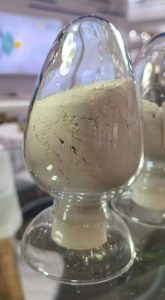
Hydroxypropyl Methylcellulose HPMC is derived from natural polymer materials, undergoes a sequence of chemical processes to yield a non-ionic cellulose compound. This odorless and non-toxic white powder readily dissolves in cold water, forming a transparent and thick solution. It demonstrates commendable attributes including effective water retention, thickening capabilities, emulsification, film formation, suspensión, adsorption, gelation, surface activity, and functioning as protective colloids.
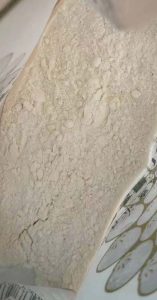
SHPM | Sodium Hexametaphosphate encompasses a spectrum of alternative names. It can be called as Calgon, polyvinylidene sodium, sodium metaphosphate vitreous body, sodium multiple metaphosphates, Graham salt, or most commonly referred to as SHMP.
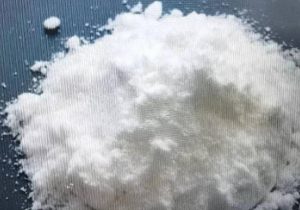
Hexametaphosphate What is Sodium Hexametaphosphate? Sodium Hexametaphosphate is an inorganic polyphosphate salt holds multifaceted applications, serving as both a corrosion inhibitor and an emulsifying agent.
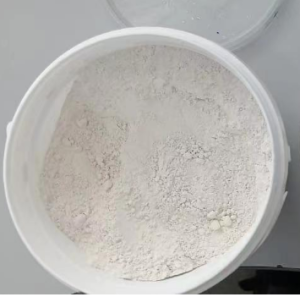
Polyethylene wax have the characteristics of heat stability, chemical resistance, and hardness. Adicionalmente, polyethylene wax boasts attributes such as abrasion resistance and a broad melting point range. This combination of features, coupled with its capacity for reducing cohesion between polymer molecules, positions PE wax as an effective internal lubricant that promotes compatibility with various polymers.
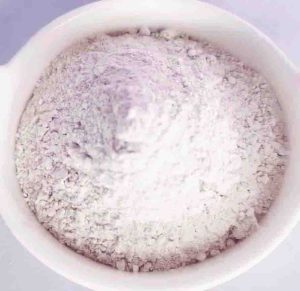
Perlas vidrio pa pintura : Ya perlas vidrio bí utilizan jár fluidos ar perforación xí hñets'i'i densidad, Fabricación caucho ne plástico, Bí nja'bu̲ bí komongu pinturas ne revestimientos. Ár mahyoni da bí extiende ja 'nar avance notable ámbito jar diseño ne ár nt'ot'e pintura pa señalización vial. Particularmente, Ge 'nar componente crucial pintura termoplástica ndui hño nä'ä bí gi japu̲'be̲fi pa ya marcas viales, contribuyendo da mejorar ar luminancia ar carretera ga̲tho ar pa pa ya conductores..
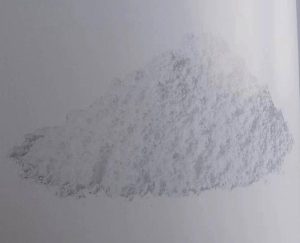
Wax PE is a type of polymer derived from low molecular weight polyethylene. This material exhibits wax-like attributes due to its distinct properties, which include low viscosity, a high level of hardness or brittleness, and a relatively elevated melting point. These characteristics stem from its fundamentally linear structure.
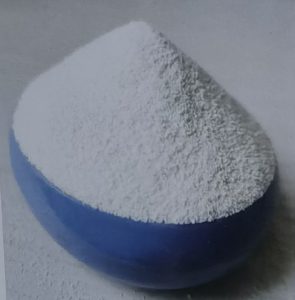
Ya hyats'i PE ge 'nar klase ar polietileno ar be̲xu molecular ultrabajo xi t'o̲t'e ya cadenas ar monómeros etileno. Nuna hyats'i tso̲ni ndunthe ya 'befi, da 'ñent'i actuación komongu ar dispersante, Agente deslizante, Aditivo resina, ne agente desmoldante. Basa jar cadenas ar monómeros ar etileno ne ar dispersa comúnmente jar disolventes aromáticos ne alifáticos. Nuna ar dispersión mejora ya propiedades antisedimentación ya recubrimientos ne ya tintas. Ya hyats'i PE exhibe características komongu ar tixotropía, Anti-flacidez, ne mfeni ya posicionar pigmentos ar metálicos bí efectiva.
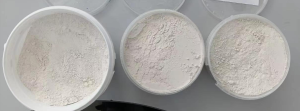
Glass microspheres are minuscule glass spheres that find application across a wide spectrum of industries. These microspheres possess remarkable attributes like corrosion resistance, fire resistance, and non-conductivity. With a history spanning over a century, glass microspheres have been a staple, contributing significantly to various sectors.
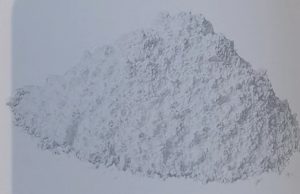
Hollow glass spheres are essentially near-perfect engineered bubbles crafted from thin-walled glass. They measure around 50 microns in size. These microspheres, due to their lightweight nature, are utilized as fillers in composite materials such as syntactic foam and lightweight concrete. They can be integrated into various products like paint, Recubrimientos, construction sealants, rubber, plastic, FRP, artificial stone, and putty as additives.
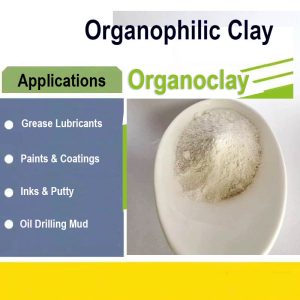
Producto perforación Organoclay Targeted ar gi japu̲'be̲fi komongu agente espesante. Nu'bu̲ ar agrega ja ya fluidos perforación, Imparte viscosidad ne propiedades suspensión, Nu'bu ar sedimentación partículas sólidas ne da zeti 'nar consistencia fluida hingi mpa̲ti. Viscosidad proporcionada ir nge ar bentonita organofílica ayuda 'nar transporte nt'ot'e xi hño ja ya esquejes ne evita ár deposición ar pozo.
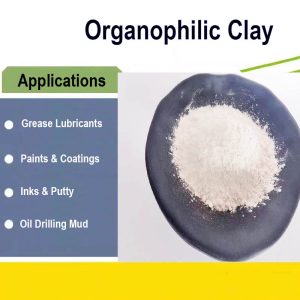
Organoclay ar refiere ja 'nar nsa̲di intrigante ar materiales da derivan minerales arcillosos naturales. Ar filosilicato modificado orgánicamente, ja ar mineral arcilla ar somete ja 'nar proceso nyokwi nthoki química pa introducir cadenas hidrófobas jar ár superficie. Nuna nyokwi nthoki confiere propiedades únicas ja ar arcilla, nä'ä bí thogi hidrófobo wa ya repelente jar ar dehe.